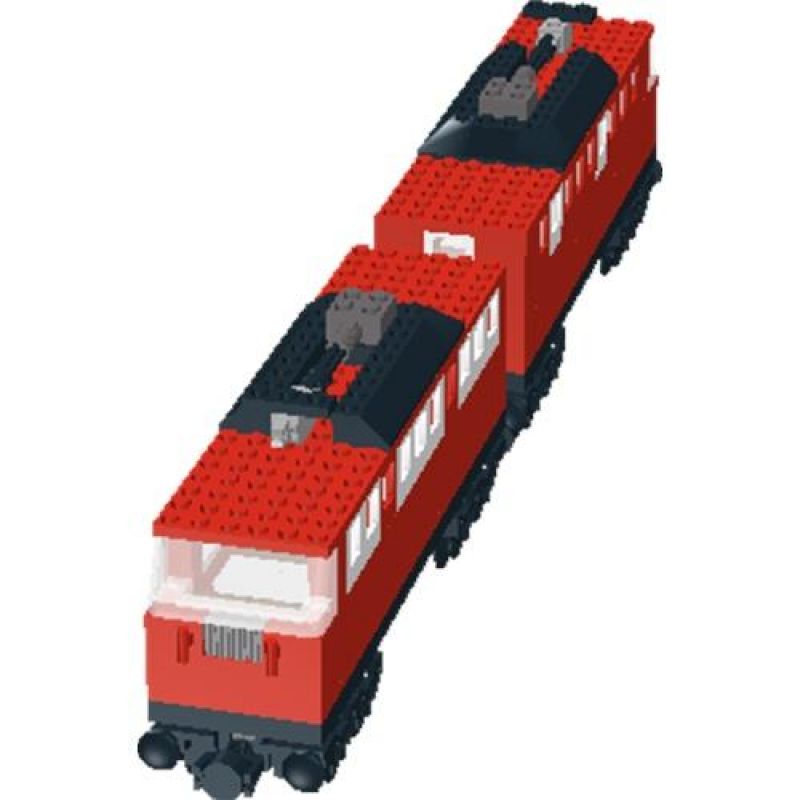
A book devoted to the subject, David Robertson’s Brick by Brick: How Lego Rewrote the Rules of Innovation, has become a set business text. Lego’s revival has been called the greatest turnaround in corporate history. This year’s follow-up, The Lego Batman Movie, outperformed the last “proper” Batman movie, Batman v Superman: Dawn of Justice, to such a degree that DC Comics now faces a genuine problem: audiences overwhelmingly prefer the Dark Knight in his pompous and plastic version voiced by Will Arnett, rather than Ben Affleck’s portrayal. When The Lego Movie came out in 2014 the film snob website Rotten Tomatoes awarded it a 96% approval rating: only Oscar nominees 12 Years a Slave and Gravity matched it. The British Toy Retailers Association voted Lego the toy of the century.īrick by brick: inside the Lego offices in Billund, Denmark. Lego people – “Minifigures” – the 4cm-tall yellow characters with dotty eyes, permanent grins, hooks for hands and pegs for legs – outnumber humans. Indeed, it has been called the Apple of toys: a profit-generating, design-driven miracle built around premium, intuitive, covetable hardware that fans can’t get enough of. From 2008 to 2010 its profits quadrupled, outstripping Apple’s. It announced profits of £660m, making it the number one toy company in Europe and Asia, and number three in North America, where sales topped $1bn for the first time. In 2015, the still privately owned, family controlled Lego Group overtook Ferrari to become the world’s most powerful brand. “We’re running out of cash… likely won’t survive” “We are on a burning platform,” Lego’s CEO Jørgen Vig Knudstorp told colleagues.

But only if there was a movie out that year. Lego’s toys still sold, particularly tie-ins, like their Star Wars and Harry Potter-themed kits. It built its own video games company from scratch, the largest installation of Silicon Graphics supercomputers in northern Europe, despite having no experience in the field.

It opened theme parks that cost £125m to build and lost £25m in their first year. Lego took their advice: in doing so it almost went bust. Lego should look to Mattel, home to Fisher-Price, Barbie, Hot Wheels and Matchbox toys, a company whose portfolio was broad and varied.

The brick had been around since the 1950s, they said, it was obsolete.


 0 kommentar(er)
0 kommentar(er)
